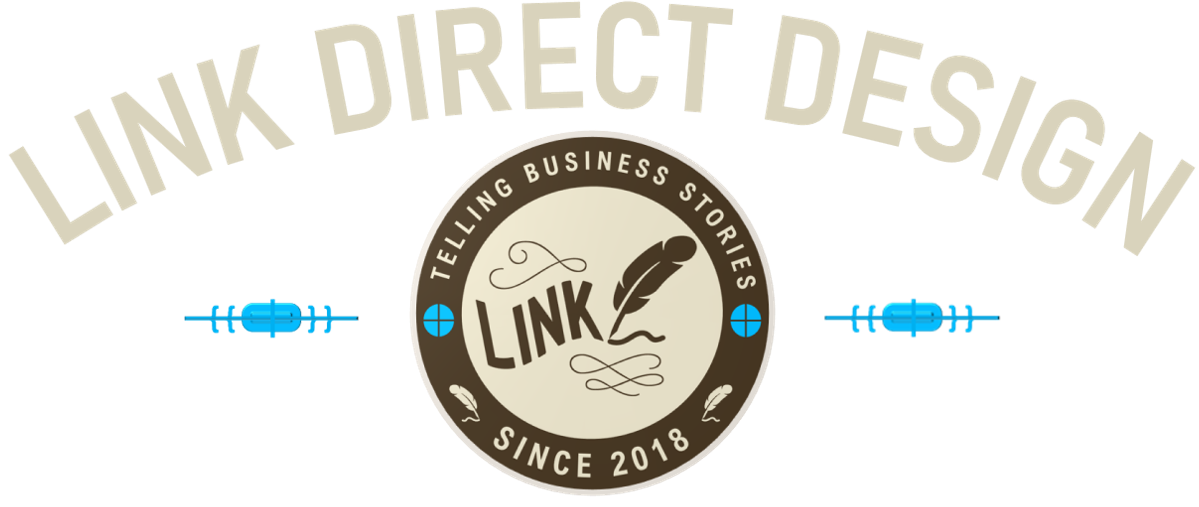Manipulating Control Surfaces
What are the actual mechanisms on an RC aircraft that allow you to make the plane go where you want and perform the maneuvers you determine? Everything on your controller affects two basic functions. First, the throttle, which in turn controls the motor(s) and the revolutions of the propeller(s), and therefore speed. Second any one of several surfaces on the plane. By changing shapes and directions of control surfaces, you can change the pitch, yaw and roll of the plane.
The three axes of an airplane: pitch, roll and yaw.
Elevator Controls Pitch/Elevation
The elevator is a control surface on the horizontal stabilizer of the tail section. This flap moves up and down by your control. When the elevator is lifted above the stabilizer, it creates more drag on top of the airfoil (the airflow pushes that surface) and tends to point the nose of the plane upward. This adjustment to the control surfaces makes the aircraft climb. Lowering the elevator has the reverse effect, causing the nose of the plane to tilt down and drop.
Three control surfaces when combined with thrust allow pilot to adjust pitch, yaw, roll and thrust, or speed.
Rudder Controls Yaw
The rudder is another control surface which forms a portion of the tail section. The rudder is part of the tail itself. When you move this vertical surface right or left, it tends to point the airplane nose right or left. Again, this is because airflow hits that changed surface creating a reaction (Newton’s Law of Motion LINK). Think of a piece of foam floating in a pool. If you press down on one end, the other end will move up - or in the opposing direction. Since fluid mechanics and aerodynamics are closely related, the same principles occur in the “ocean of air” surrounding your RC model.
“Think of a piece of foam floating in a pool. If you press down on one end, the other end will move up - or in the opposing direction.”
Ailerons Control Roll
Roll is where the fuselage (LINK) of the airplane revolves making one wing go up and one wing go down. The ailerons are flaps on the trailing edge of the wings and when called on, they move in opposite directions to accomplish this task. When one aileron goes up, pressure will push that wing down. The other aileron will be commanded to go down, pulling that wing down. The result is a right or left roll of the plane.
Of the three controls (in addition to throttle, which controls speed), the aileron is not always necessary making learning to fly easier. The combination of dihedral (LINK) determined by the wing positioning and angle and rudder will allow for turns without aileron use. Because that removes one of the four main controls, not using ailerons is how you accomplish a 3-channel model for learning to fly (LINK).
Elevons are a Mix
On aircraft such as flying wings, you will discover that because there is no horizontal stabilizer, the ailerons can perform the function of elevators as well. They are simply both moving together when acting as elevators and moving in opposite directions when acting as ailerons. Because this is a little more complicated to perform, most controllers will have mix settings that can simplify flight until you are more familiar with handling more functions at one time.
Mode 1 and Mode 2 Transmitters
Major controls on a Mode 2 transmitter (controller). Note that if your plane has four controls, rudder (in light gray) will use horizontal movement of the joystick on your left.
Mode 2
Mode 2 controllers (transmitters) are generally easier for most beginning pilots. Mode 2 configuration is like most full-size aircraft. The “stick” in the plane controls the aileron and elevator functions (roll and pitch) and is in the right hand. Throttle is controlled by the left hand moving a control forward or backward. Rudder in a full-size plane is controlled by two pedals moved by the pilot’s feet.
On a Mode 2 transmitter, the aileron and elevator are controlled by the joystick on the right side and the rudder and throttle are controlled by the joystick on the left side.
Mode 1
On a Mode 1 transmitter, two of these functions are reversed. Throttle and aileron (roll) are controlled on the right, while elevator and rudder are controlled on the left side. This separates the primary functions so there is less accidental mixing. Even so, most beginners seem to have better luck with Mode 2 controllers.
Advanced transmitters often offer you a choice.






